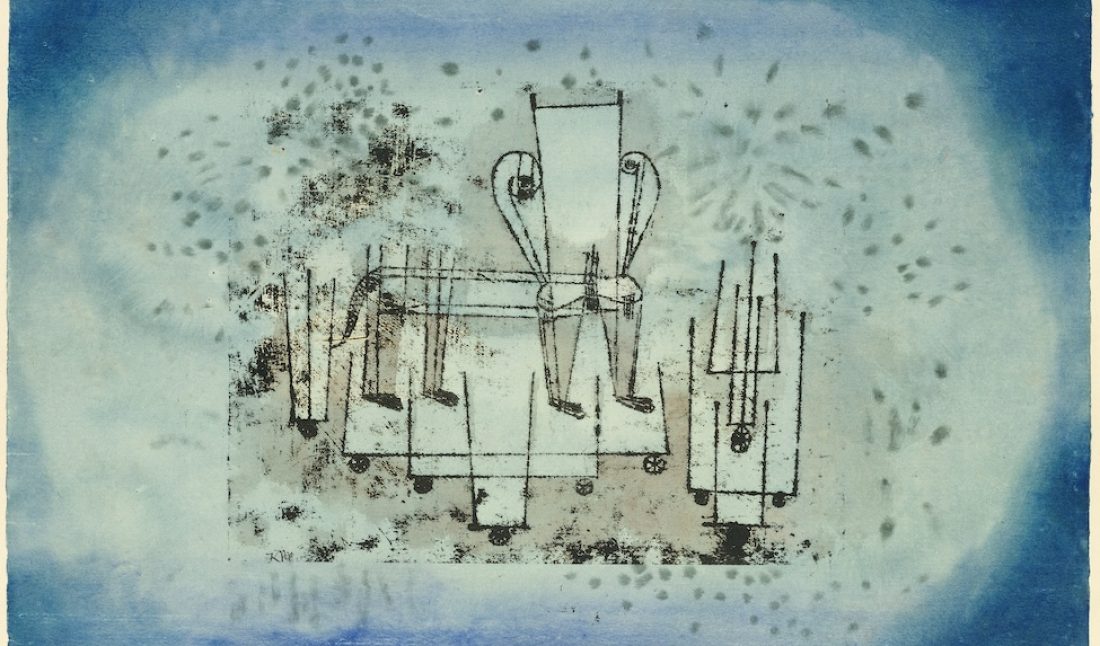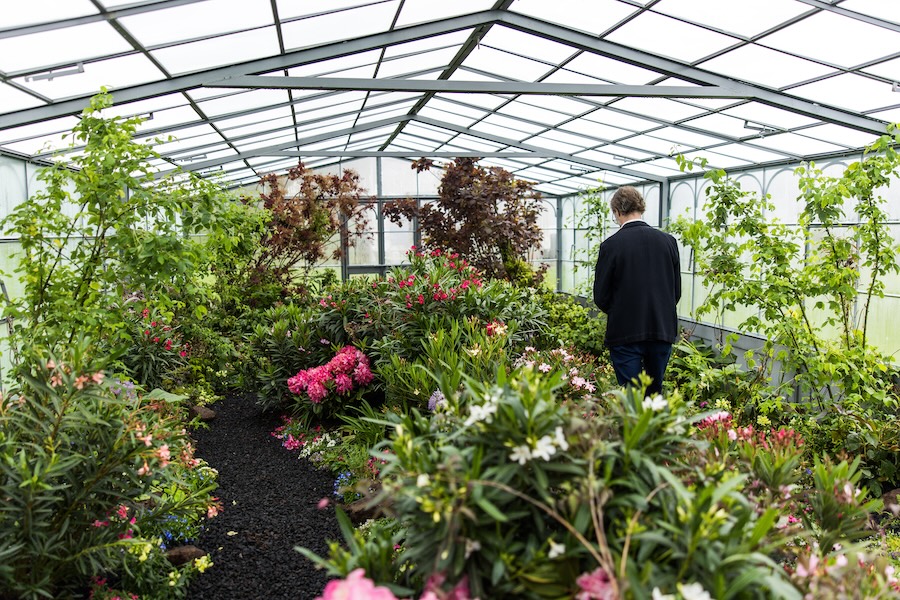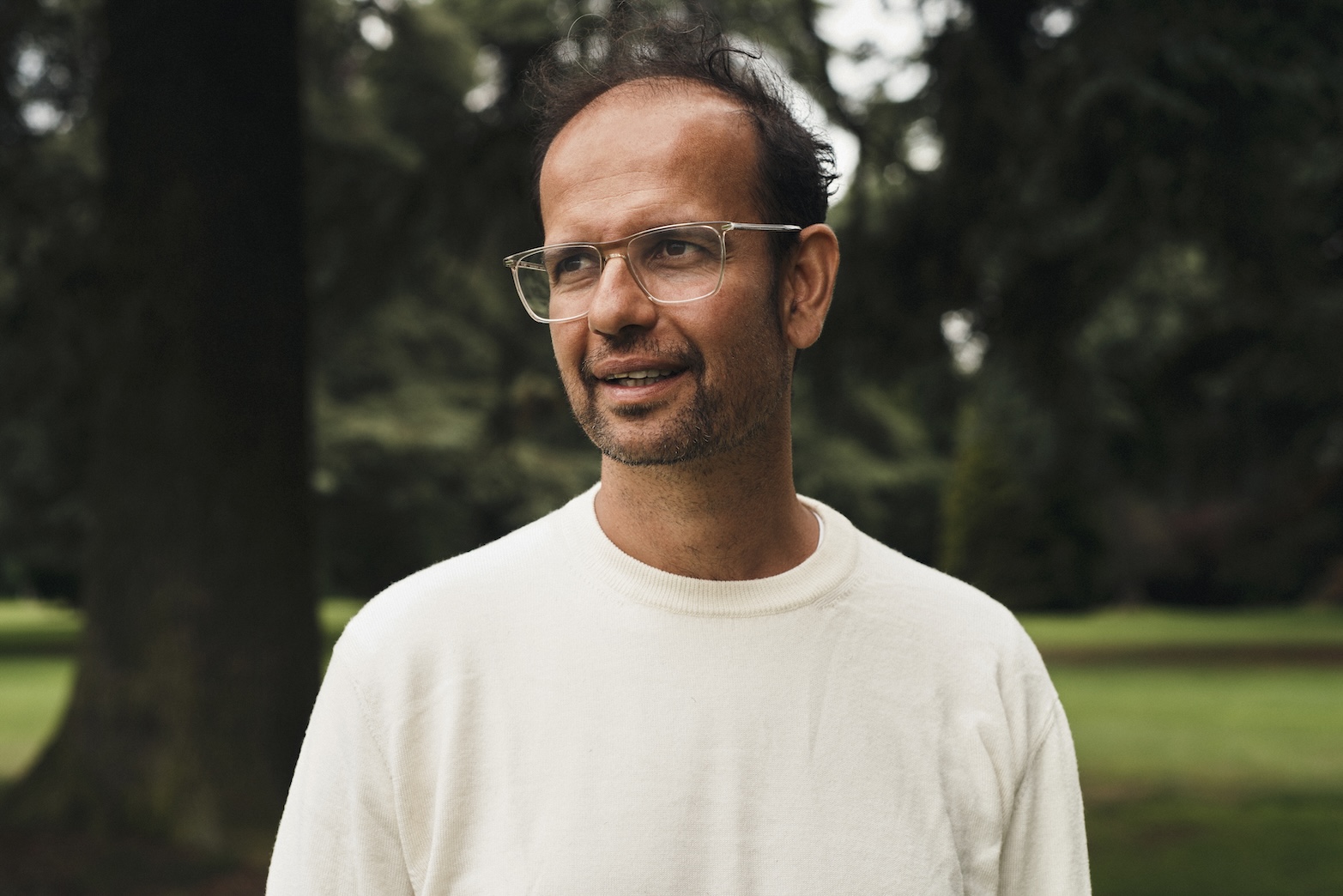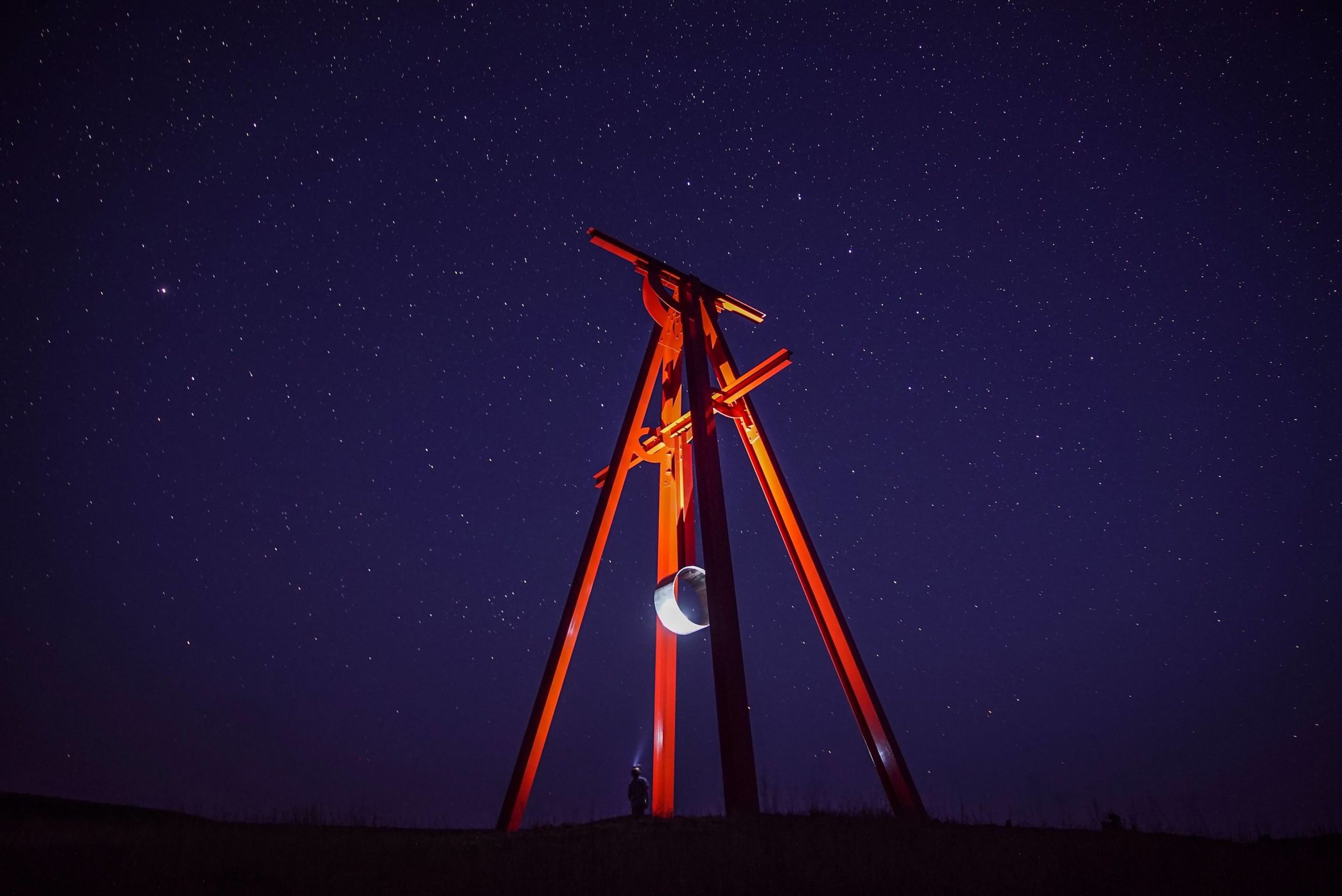One of the stand-out shows this season is “Enchanted Reverie: Klee and Calder” at Di Donna Galleries, organized in close collaboration with the Calder Foundation. Astonishingly, the exhibition is the first one to pair Paul Klee and Alexander Calder together in 80 years, which speaks to the effort that went into formulating this show. With works from public institutions and private collections, the selection of paintings, sculptures, and works on paper, the show is an exceptional opportunity to explore significant works from each artists’ oeuvre. Both among the most significant artists working during the 20th century, Klee and Calder continue to provide great inspiration for contemporary artists and curators to examine the ways in which these two left behind a treasure trove of objects that continue to demand further examination.
We spoke with Emmanuel Di Donna, who organized the exhibition, about the process of pulling together this monumental project and awe-inspiring exhibition, on view through June 8.
WHITEWALL: Can you tell us a bit about how this exhibition came to be?
EMMANUEL DI DONNA: I had long envisioned putting works by Klee and Calder side by side, as I’ve always been struck by the resonance between the two artists and their relentless inventiveness in developing new formal techniques to illustrate the phenomena of nature and the invisible forces of the cosmos.
For many years, the timing wasn’t right, particularly in regards to securing important loans that would be vital to tell this story. We were fortunate to partner with the Calder Foundation to present some of the most extraordinary Calder works, and to gather loans from international institutions. Paintings by Paul Klee are particularly rare, so it’s especially meaningful to have significant works from private collections and institutions.
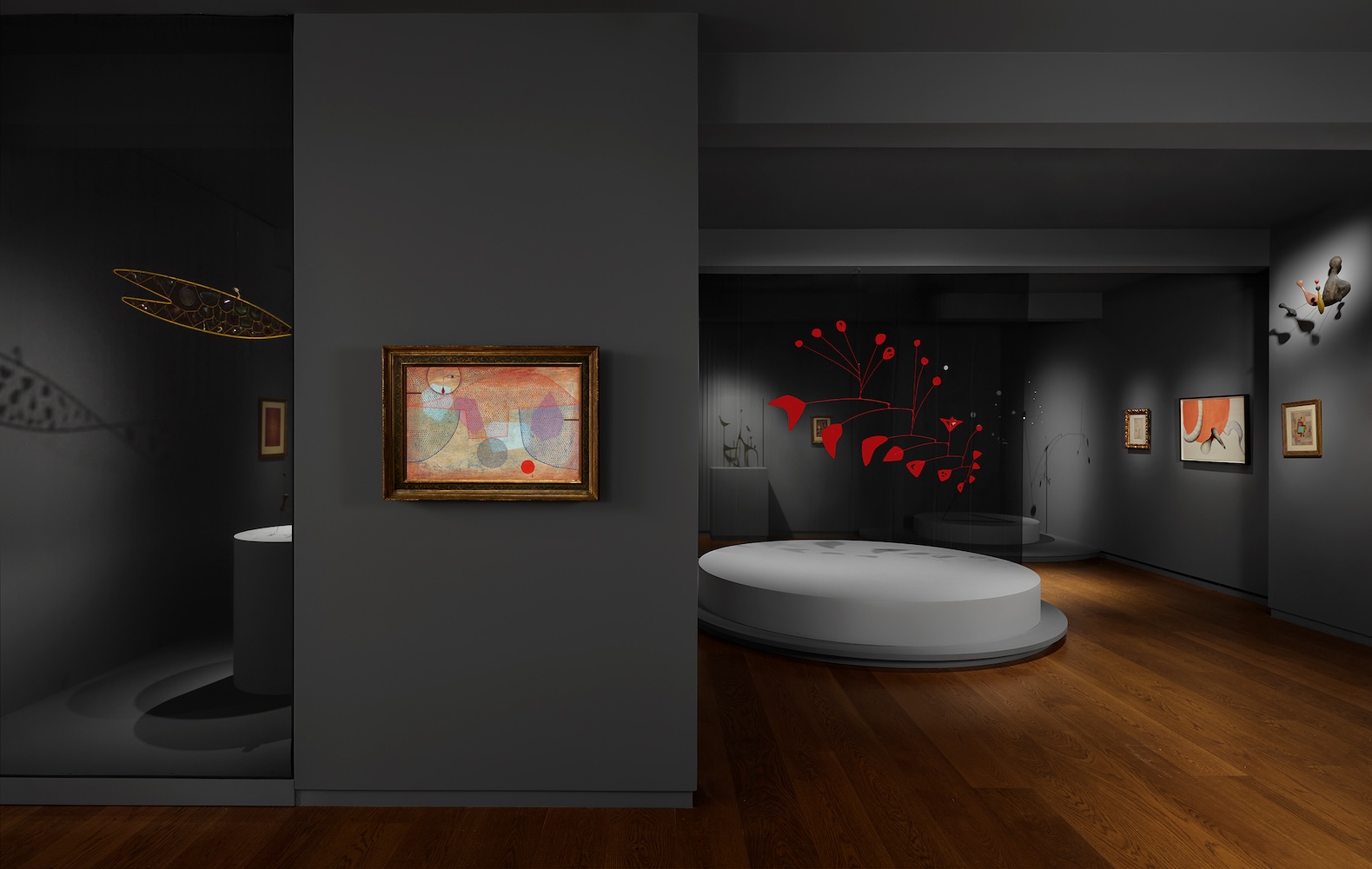 Installation view of “Enchanted Reverie: Klee and Calder,” photo by Tom Powel, courtesy of Di Donna Galleries, New York.
Installation view of “Enchanted Reverie: Klee and Calder,” photo by Tom Powel, courtesy of Di Donna Galleries, New York.
“I had long envisioned putting works by Klee and Calder side by side,” — Emmanuel Di Donna
WW: It is a remarkable anecdote that Klee and Calder have not been paired in an exhibition for 80 years. Why do you think it has taken so long to bring these two artists back together?
EDD: The rarity of the major works was certainly a factor, but the other element was more complex: no one has taken time to really examine and study the very deep connection between those two artists and what they are trying to express. We did extensive research and found compelling evidence that they were sharing many connecting points on a metaphysical level about how they looked at nature and what they believed art should express.
WW: It would seem, given the loans from institutions like Fondation Beyeler, The Metropolitan Museum of Art, and the Art Institute of Chicago, that there was a clear and immediate understanding from curators that this was a significant opportunity and important exhibition to bring to life. Was it a challenge bringing together work from so many different collections?
EDD: It was validating that some curators instantly understood the resonances between the two artists and supported our vision for the show. The greater challenge was logistics—this show was many years in the making. We adjusted the timing due to everything from the pandemic to the availability of key loans. Given Calder and Klee’s interest in the cosmos, it’s apt that the stars aligned for this exhibition to finally come to life.
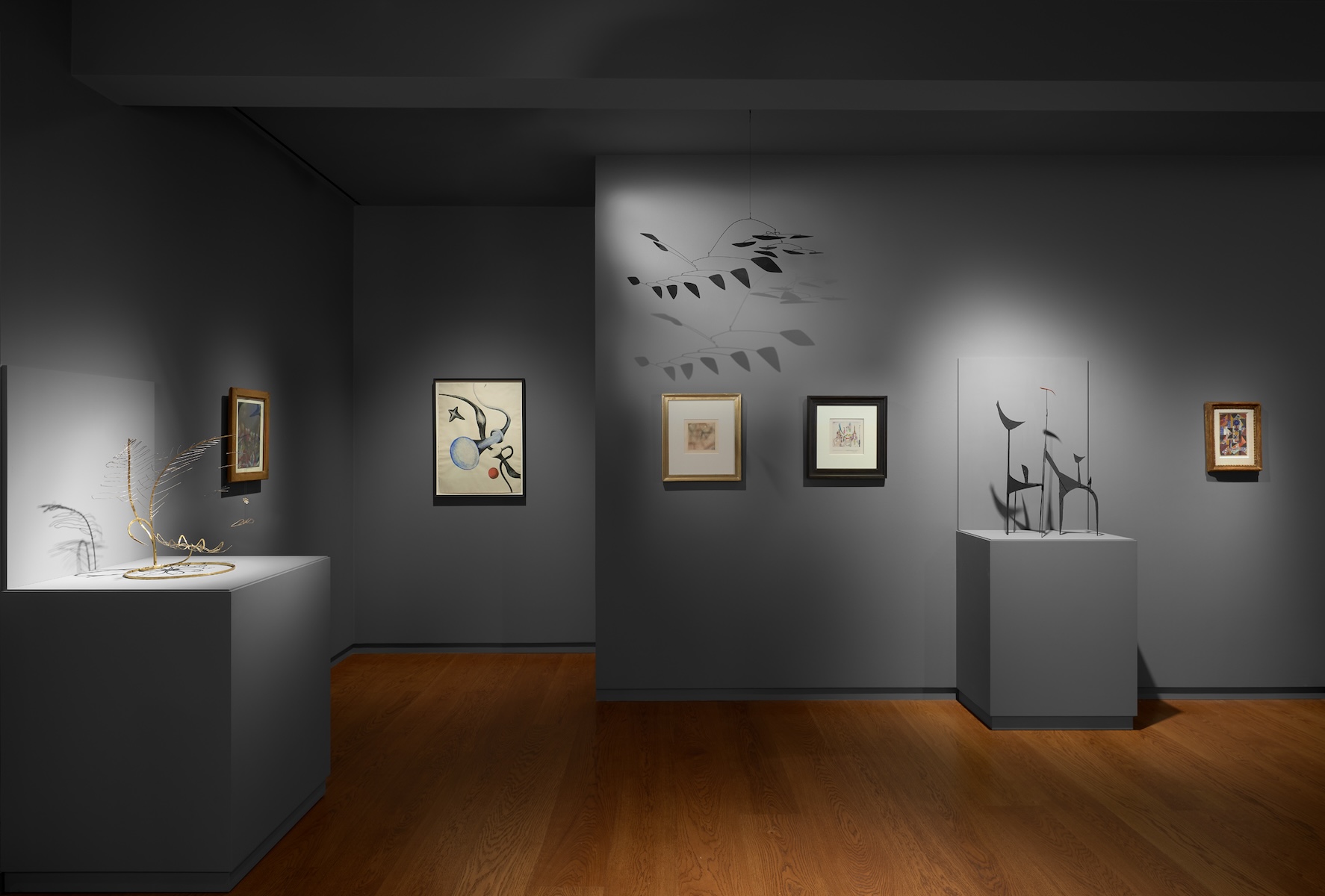 Installation view of “Enchanted Reverie: Klee and Calder,” photo by Tom Powel, courtesy of Di Donna Galleries, New York.
Installation view of “Enchanted Reverie: Klee and Calder,” photo by Tom Powel, courtesy of Di Donna Galleries, New York.
“We did extensive research and found compelling evidence that they were sharing many connecting points on a metaphysical level,” — Emmanuel Di Donna
WW: Can you describe the overall curatorial vision for the show, and how the layout of the exhibition was developed?
EDD: We wanted to create a moody atmosphere where the colors and physicality of the works could fully express themselves.
WW: Both Klee and Calder are artists that have continued to inspire artists working after them, referencing their innovative ways that have truly changed the course of art history. Do you feel a sense of competition between these two powerhouse artists in the show, or do you feel more of a comradery between the two?
EDD: I see a great camaraderie and kinship between them—though Calder was a generation younger, we know that he admired Klee. In fact, Calder traded a sculpture of his with a collector to acquire a work by Klee, which is actually on view in this exhibition. They shared a commonality—the ability to conceptualize existence without heavy, dramatic overtones, but rather with a rhythmic lightness and vibrancy. Calder likely viewed Klee as a Modern master, whose lyrical investigations of space and form were inspirational.
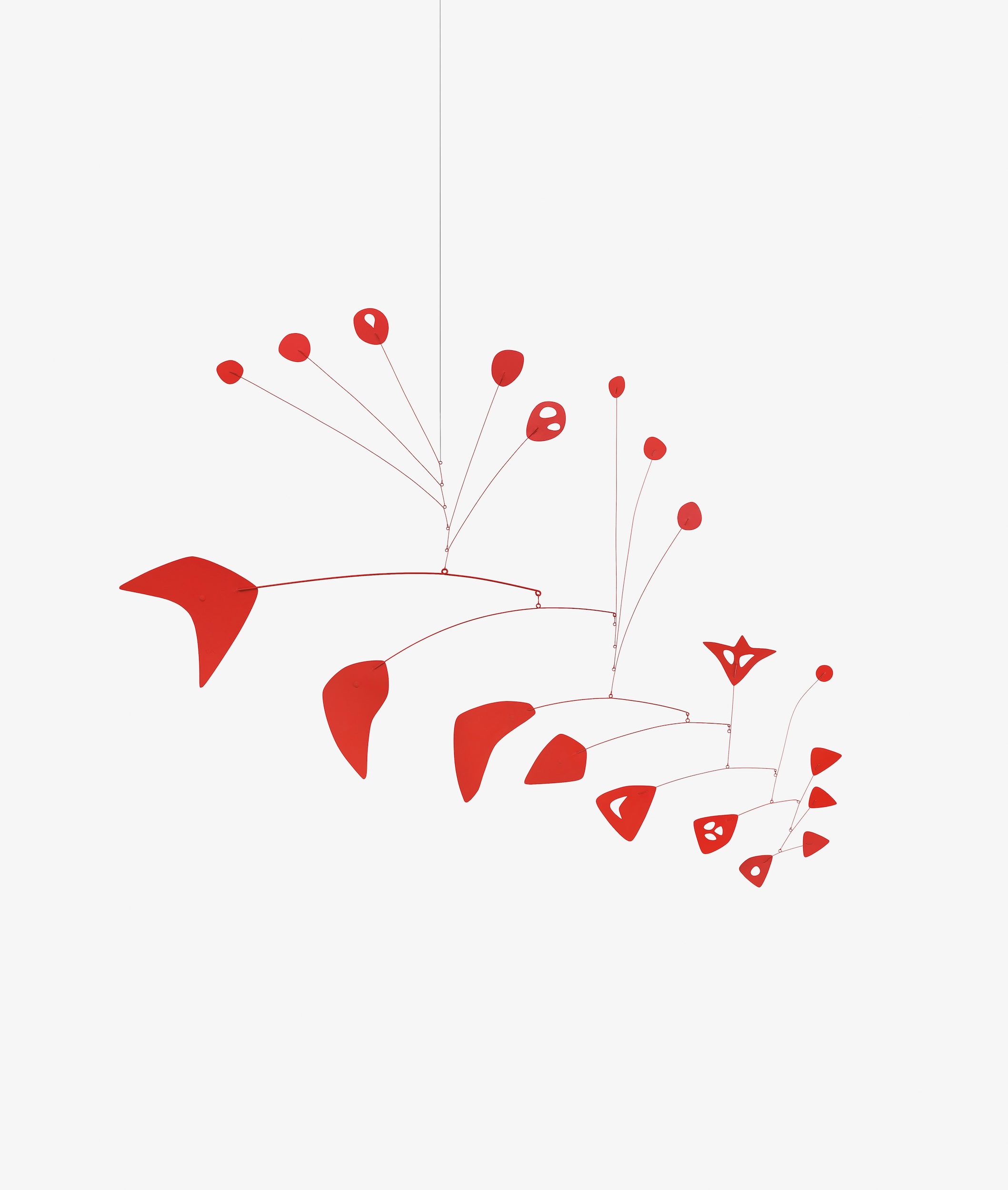 Alexander Calder,
“Red Maze III,” 1954,
Sheet metal, wire, and paint, 142.2 by 182.9 cm (56 by 72 in.); Calder Foundation, New York, © 2024 Calder Foundation, New York / Artists Rights
Society (ARS), New York, courtesy of Di Donna Galleries, New York.
Alexander Calder,
“Red Maze III,” 1954,
Sheet metal, wire, and paint, 142.2 by 182.9 cm (56 by 72 in.); Calder Foundation, New York, © 2024 Calder Foundation, New York / Artists Rights
Society (ARS), New York, courtesy of Di Donna Galleries, New York.






